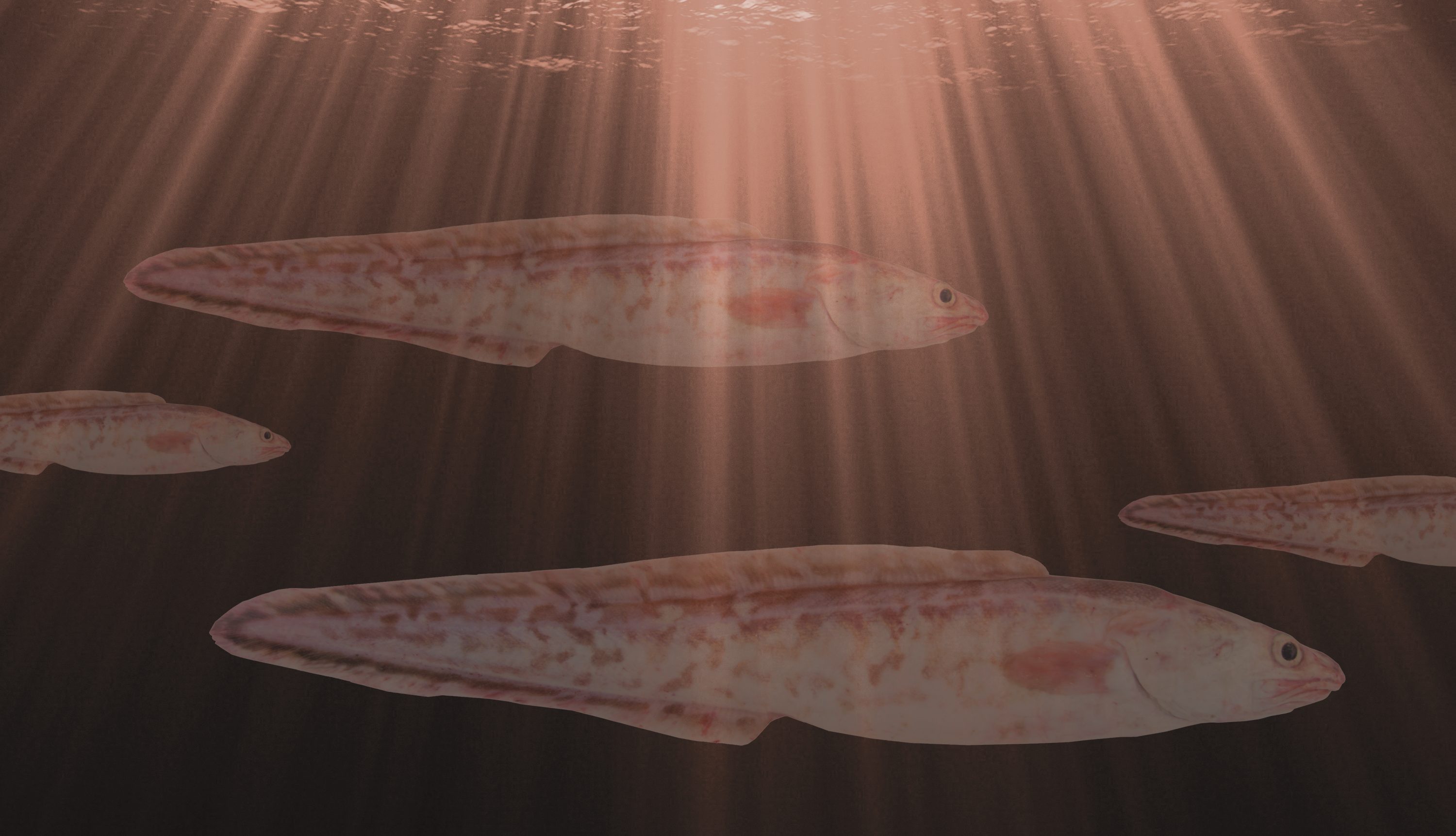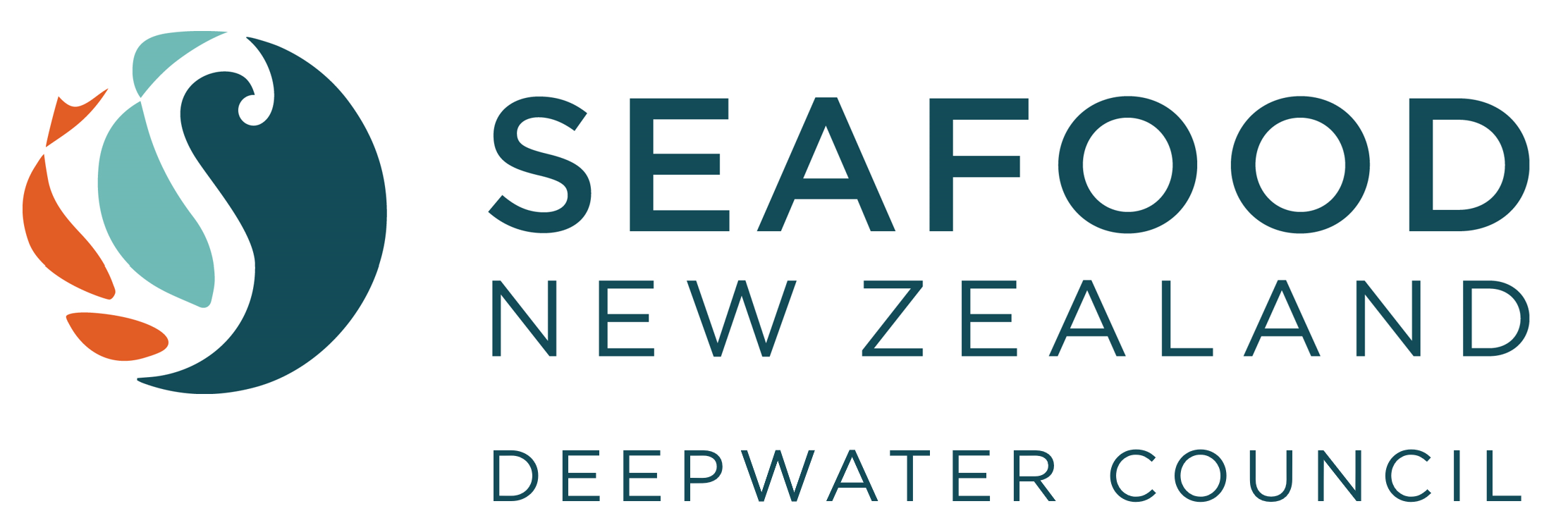
Ling longline fishery
surveillance audit 2021
The longline fisheries for LIN 3, LIN 4, LIN 5, LIN 6 and LIN 7 have been MSC certified since 2014 and are undergoing re-assessement in 2021.
DWG undertakes to make all non-confidential information that is provided to the Conformance Assessment Body publicly available on this webpage to ensure all documents are easily accessible by all participants.
A summary of the key information from these references can be found in the Situation Report.
PRINCIPLE 1 - SUSTAINABLE FISH STOCKS
"A fishery must be conducted in a manner that does not lead to over-fishing or depletion of the exploited populations and, for those populations that are depleted, the fishery must be conducted in a manner that demonstrably leads to their recovery."
The intent of this principle is to ensure that the productive capacities of the resources are maintained at high levels and are not sacrificed in favour of short term interests.
PRINCIPLE 2 - MINIMAL IMPACTS ON THE ENVIRONMENT
"Fishing operations should allow for the maintenance of the structure, productivity, function and diversity of the ecosystem (including habitat and associated dependent and ecologically related species) on which the fishery depends."
The intent of this principle is to encourage management of fisheries from an ecosystem perspective under a system designed to restrain the impacts of the fishery on the ecosystem.
Baker, G. B., Jensz, K., Cunningham, R., Holdsworth, M. & Chilvers, B. L. (2015). White-capped albatross aerial survey 2015. Report prepared by Latitude 42 Environmental Consultants Pty Ltd for the New Zealand Department of Conservation, Wellington. 31p.
Baker, B., Jensz, K. (2019). 2018 aerial survey of Salvin's albatross at the Bounty Islands. Final report to the Conservation Services Programme, Department of Conservation. Latitude 42, Australia. 11 p.
Bell, M.D.; Bell, D.J.; Boyle, D.P. (2017). Chatham Island Mollymawk research on Te Tara Koi Koia: November 2016. Report prepared by Wildlife Management International Limited for the Department of Conservation, Wellington. 24p.
Bell, E.A. (2013 [updated 2018]). Grey petrel. In Miskelly, C.M. (ed.) New Zealand Birds Online.
Cleal, J. (2019). Deepwater Group Environmental Liaison Officer (ELO) Report 2018/19. 10 p.
Cleal, J. (2020). Deepwater Group Environmental Liaison Officer (ELO) Report for the 2019-20 Fishing Year. 7 p.
Cleal (2020a). Reporting of ETP Captures. Email to LIN Longline Fleet 6/10/2020.
DOC (2020). Conservation Services Programme Annual Plan 2020/21. DOC: Wellington. 61 p.
Dragonfly (2019). Protected species bycatch 2002-03 to 2017-18.
DWG (2021). Operational Procedures.
Finucci, B., Anderson, O.F. and Edwards, C.T.T. (2020). Non-target fish and invertebrate catch and discards in New Zealand ling longline fisheries from 2002-03 to 2017-18. New Zealand Aquatic Environment and Biodiversity report No. 241. 83 p.
FNZ (2020). Aquatic Environment and Biodiversity Annual Review 2019-20. Compiled by the Aquatic Environment Team, Fisheries Science Information, Fisheries New Zealand, Wellington, New Zealand. 765 p.
FNZ (2020a). Annual Review Report for Deepwater Fisheries 2018/19. Fisheries New Zealand Discussion Paper No: 2020/01. 95 + 19 p.
FNZ (2020b). National Plan of Action – Seabirds 2020: Implementation Plan. 13 p.
MPI (2020). MPI Compliance email – NPOA and Reporting Requirements. MPI Compliance email to industry managers.
MPI (2021). Notice to Vessel on Statutory Reporting Requirements. MPI Compliance example letter for forwarding to operators. 1 p.
Richard, Y., Abraham, E. R., & Berkenbusch, K. (2017). Assessment of the risk of commercial fisheries to New Zealand seabirds, 2006–07 to 2014–15. New Zealand Aquatic Environment and Biodiversity Report No. 191. 133 p.
Robertson, H. A.; Dowding, J. E.; Elliott, G. P.; Hitchmough, R. A.; Miskelly, C. M.; O’Donnell, C. F. J.; Powlesland, R. G.; Sagar, P. M.; Scofield, R. P.; Taylor, G. A. (2013). Conservation status of New Zealand birds, 2012. NZ Threat Classification Series 4. Department of Conservation. Wellington.
Waugh, S.M.; Bartle J.A. 2013. Westland petrel. In: Miskelly, C.M. (ed.) New Zealand Birds Online.
Waugh, S.M.; Barbraud, C.; Adams, L.; Freeman, A.N.D.; Wilson, K.-J.; Wood, g.; Landers, T.J.; Baker, G.B. 2015. Modelling the demography and population dynamics of a subtropical seabird, and the influence of environmental factors. Condor 117: 147–164.
PRINCIPLE 3 - EFFECTIVE FISHERIES MANAGEMENT
"The fishery is subject to an effective management system that respects local, national and international laws and standards and incorporates institutional and operational frameworks that require use of the resource to be responsible and sustainable."
The intent of this principle is to ensure that there is an institutional and operational framework for implementing Principles 1 and 2, appropriate to the size and scale of the fishery.
DWG (2019). FNZ-Deepwater Operator’s Meeting Summary and Action Points Dec19. 2 p.
DWG (2020). FNZ-Deepwater Operator’s Meeting Agenda Jun20. 1 p.
DWG (2021). Operational Procedures.
FNZ (2019). National Fisheries Plan for Deepwater and Middle-depth Fisheries 2019. Fisheries New Zealand Technical Paper No: 2019/03. 34 p.
FNZ (2019a). Protected Fish Species Reporting Requirements for Non-Fish/Protected Species. Fisheries Management Fact Sheet 5. 3 p.
FNZ (2020). National Plan of Action – Seabirds 2020. Reducing the incidental mortality of seabirds in fisheries. 21 p.
FNZ (2020a). Annual Operational Plan for Deepwater Fisheries 2020/21. Fisheries New Zealand Technical Paper No: 2020/04. 47 p.
FNZ (2020b). Annual Review Report for Deepwater Fisheries 2018/19. Fisheries New Zealand Discussion Paper No: 2020/01. 95 + 19 p.
FNZ (2020c). Aquatic Environment and Biodiversity Annual Review 2019-20. Compiled by the Aquatic Environment Team, Fisheries Science Information, Fisheries New Zealand, Wellington, New Zealand. 765 p.
FNZ (2020d). Medium Term Research Plan for Deepwater Fisheries 2020/21 – 2024/25. Fisheries New Zealand Information Paper No: 2020/01. 21 p.
FNZ (2020e). National Plan of Action – Seabirds 2020. Implementation Plan v2. 14 p.
Helson, J., Leslie, S., Clement, G., Wells, R. and Wood, R. (2010). Private rights, public benefits: Industry-driven seabed protection. Marine Policy 34, 557–566.
IQANZ (2018). Deepwater Fisheries Management Independent Quality Assurance Review Report. Prepared for Ministry for Primary Industries by Independent Quality Assurance New Zealand (IQANZ). 13 p.
MFish (2009). Fisheries 2030: New Zealanders maximising the benefits from the use of fisheries within environmental limits. Ministry of Fisheries, Wellington.
MFish (2011). Research and Science Information Standard for New Zealand Fisheries. Ministry of Fisheries, April 2011. 31 p.
MPI (2008). Harvest Strategy Standard for New Zealand Fisheries. Ministry for Primary Industries. 25 p.
MPI (2010). Memorandum of Understanding: Continuing a partnership between the Ministry of Fisheries and the deepwater fishing industry for the management of New Zealand’s deepwater fisheries. 12 p.
MPI (2010a). Hoki Fisheries Plan Chapter: National Fisheries Plan for Deepwater and Middle-depth Fisheries Part 1B. 51 p.
MPI (2011). Ling Fisheries Plan Chapter: National Fisheries Plan for Deepwater and Middle-depth Fisheries Part 1B. 50 p.
MPI (2013). Hake Fisheries Plan Chapter: National Fisheries Plan for Deepwater and Middle-depth Fisheries Part 1B. 29 p.
MPI (2013). National Plan of Action for the Conservation and Management of Sharks. 32 p.
MPI (2019). Fisheries Compliance: DW Operators Meeting – Nelson 5th March 2019. PowerPoint presentation prepared by Ministry for Primary Industries.
MPI (2019a). Risk Management and Compliance HOK and SBW. Ministry for Primary Industries memo to deepwater operators, June 2019. 2 p.
MPI (2020). Risk Management and Compliance HOK and SBW. Ministry for Primary Industries memo to deepwater operators, June 2020. 2 p.
Additional Supporting Documents
Surveillance Report
Lloyd's Register's June 2021 Surveillance Report can be accessed here.

